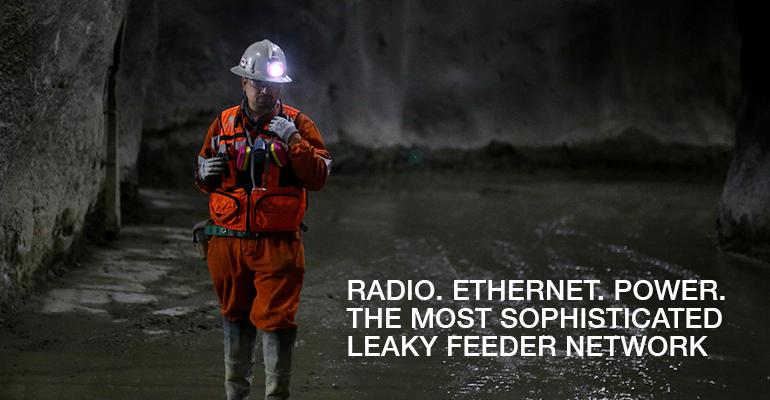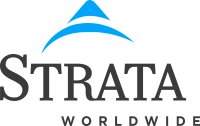
Communications in underground mining is imperative, not only for conducting daily operations and driving productivity, but also for safeguarding worker wellbeing. Over the years, underground communication systems have evolved to where a networked system for providing point-to-point voice communication is commonplace.
But mines are not static environments. They continue to expand both physically and technologically, and with this expansion, communication networks need to expand as well.
MINES TODAY
As mines become more data-driven and automated, the capabilities of networks are forced to change and grow and the ability to transfer large amounts of data at high speeds has become just as much a necessity as communication alone. Choosing and building these data networks can be daunting and costly, and with so many different technologies available today, mines must know what they need to accomplish, and the options available to accomplish their goals.
Fiber-optics is one of the most powerful and most commonly used solutions for high-speed digital data, but it tends to have unique challenges: The cables are easily damaged, it is expensive to maintain and expand and it only offers connectivity at select points underground. Leaky feeder coaxial cable, the popular choice for voice communications, is far easier and more flexible to work with, but has limited or no digital high-speed data capabilities.
StrataConnect™ DigitalBRIDGE Plus+™ combines the strengths and user benefits of both these technologies into a single, multi-functional network, and adds the additional benefit of carrying DC power for powering end-point devices.
ETHERNET. RADIO. POWER.
DigitalBRIDGE Plus+ can be built on top of an already existing VHF Leaky Feeder infrastructure and combines multiple capabilities into one single cable, which helps to mitigate one of the biggest challenges in communication networking: installing new infrastructure mine-wide.
DigitalBRIDGE Plus+ utilizes existing leaky feeder cable infrastructure, along with the existing head-end unit and hand-held radios and connects to an existing Ethernet switch to provide high-speed Ethernet via the leaky feeder cable. This high-speed Ethernet, offering speeds of up to 500mbs, can be accessed anywhere along the leaky feeder cable.
Mines can take their VHF radio networks, without compromising voice quality, and use it to connect to Ethernet devices such as Wi-Fi and cellular access points, IP cameras, gas detectors and other various instrumental PLCs.
DigitalBRIDGE Plus+ Line Amp with Ethernet
With the inclusion of DigitalBRIDGE Plus+ bi-directional VHF line amplifiers, mines can boost the performance of their current system and attain better quality voice without changing anything else. DigitalBRIDGE Plus+ line amps are fully compatible with third-party amplifiers, and can be used in conjunction with them or in place of them. DigitalBRIDGE Plus+ also offers the bi-directional line amp with Ethernet which includes two Power-over-Ethernet (PoE) ports for uplink to the fiber switch.
From here, high-speed Ethernet data is inserted into the cable and travels in both directions. All DigitalBRIDGE Plus+ line amps will pass Ethernet signals; Ethernet-enabled line amps can be placed anywhere along the cable to facilitate the direct connection of Ethernet-compatible equipment that has a local power source. This includes pumps and fans starter panels, environmental sensors, electrical switchgear, gas monitors and more.
For added options, the DigitalBRIDGE QuadPort can be tapped into the leaky feeder and provide four PoE ports to connect and power the mine’s choice of end-point devices. The QuadPort meets the industry standard of running Cat 5 cables up to 100m (328ft), allowing a high level of flexibility in the placement of devices. For additional entryways and remote or isolated areas, mines can branch off the main leaky feeder backbone and carry connectivity and power into these areas for remote access and control of various monitoring devices.

